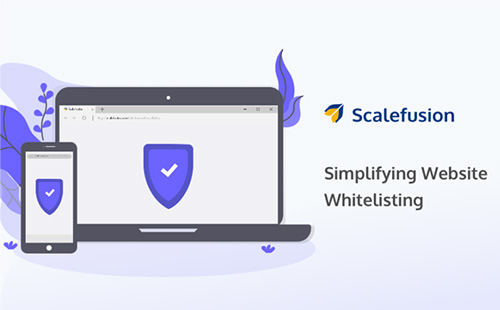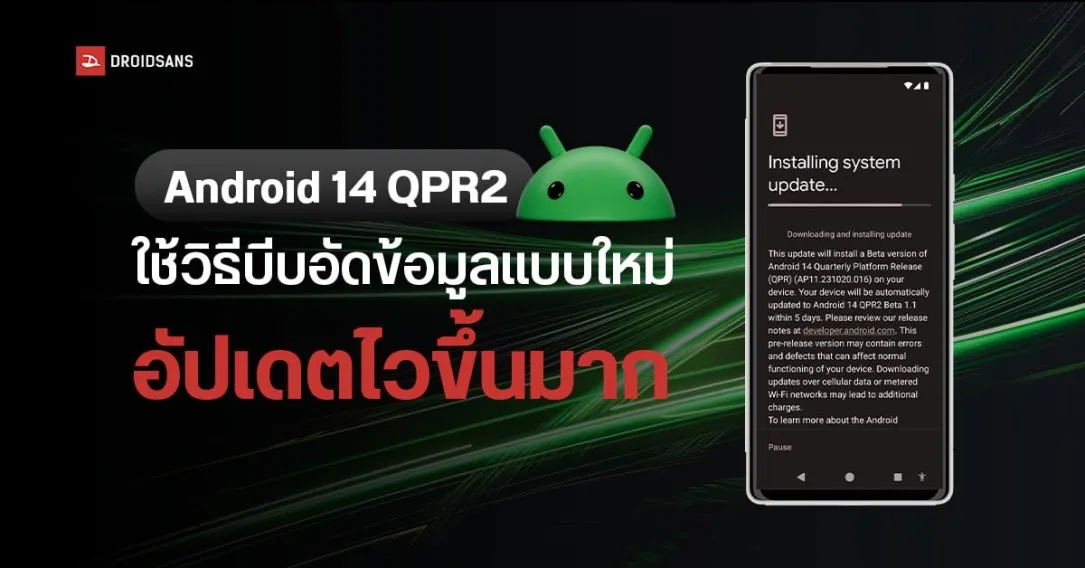By: Admin -
On: Jun 04, 2021
Successful completion of largest project in Europe.
The year 2018 reported 16,517 application-related security issues worldwide. With such an alarming number of instances, if your IT team is still dependent on antivirus software to save business data, there’s a high chance your enterprise may have to withstand a major malware exploit.
But using an application whitelisting solution, companies can achieve a secure and well-rounded application environment in the business. But before we understand what application whitelisting is, let’s quickly run through some common terms associated with it.What is Whitelisting?
As a cybersecurity strategy, whitelisting allows users to only use programs, applications and websites on computers based on what administrators have explicitly allowed in advance. Instead of combatting an actual cyber attacker by staying one step ahead and identifying the malicious application, IT can instead compile a list of approved applications that can be pushed on a computer or mobile device for users to access. This way, whatever users can access has been deemed safe by the administrators. For any organization, whitelisting is an extreme lockdown measure that can keep many cybersecurity problems away but only if it is implemented correctly. Whitelisting isn’t a foolproof barrier to attacks and is often inconvenient and frustrating for end-users. Therefore, it is important for IT admins need to carefully implement it and ensure proper ongoing administration for the policy to work efficiently. Read More : What is Website Whitelisting: Why and How to Do It?What is the Difference between Whitelisting VS. Blacklisting?
Blacklist is a slightly more familiar concept because we use this term more frequently in our daily lives. A blacklist consists of a list of things that are dangerous and should be blocked from mobile devices, making devices more secure and protecting them from unwanted malware. Most anti-malware and antivirus programs are blacklisted because they include known malicious code, making the program automatically take over your computer. Whitelist, on the other hand, is a simple inversion of a blacklist. Simply put, if you have pushed a whitelist policy, then you’ve blacklisted everything out except whatever is on your whitelist. From a distant look, this seems to solidify your security measures because you don’t have to worry about any kind of malicious code threatening your infrastructure. This is because whitelisting only permits users to access things that they know are safe and secure.What is Application Whitelisting?
 Source
Application whitelisting only allows a certain set of applications to run on a secure mobile device. Inversely, application blacklisting blocks defined applications from being installed on the targeted device. For instance, if a blacklisted application is already running on a managed device, it will be blocked once it is blacklisted. In fact, blacklisting simply removes applications from the device’s home screen.
When you whitelist an application(s) all other applications, except the whitelisted ones, will be explicitly defined and blocked immediately. Additionally, their icons will be removed from the home screen of the user’s managed devices. This way, IT admins can ensure that end-users are only able to install or use applications that are explicitly defined.
The application whitelisting process involves creating a list of trusted applications to run on managed devices. Given the fact that applications are often the route through which cyberattacks take place, allowing only what you trust (the process of whitelisting ) cannot be taken lightly because it may lead to either financial losses or data leakages.
However, whitelisting comes with some pretty obvious drawbacks. By whitelisting, you restrict a user’s freedom to use applications and devices the way they want and people naturally think of work computers as “their” assets because they sit in front of them for at least eight hours every day. Also building a whitelist needs more groundwork. This is because blacklisting known malware and attack sites can be easily put together by vendors, every company’s whitelist programs will be unique depending on the industry they serve.
Read More : How to Whitelist or Blacklist apps on Android & iOS
Source
Application whitelisting only allows a certain set of applications to run on a secure mobile device. Inversely, application blacklisting blocks defined applications from being installed on the targeted device. For instance, if a blacklisted application is already running on a managed device, it will be blocked once it is blacklisted. In fact, blacklisting simply removes applications from the device’s home screen.
When you whitelist an application(s) all other applications, except the whitelisted ones, will be explicitly defined and blocked immediately. Additionally, their icons will be removed from the home screen of the user’s managed devices. This way, IT admins can ensure that end-users are only able to install or use applications that are explicitly defined.
The application whitelisting process involves creating a list of trusted applications to run on managed devices. Given the fact that applications are often the route through which cyberattacks take place, allowing only what you trust (the process of whitelisting ) cannot be taken lightly because it may lead to either financial losses or data leakages.
However, whitelisting comes with some pretty obvious drawbacks. By whitelisting, you restrict a user’s freedom to use applications and devices the way they want and people naturally think of work computers as “their” assets because they sit in front of them for at least eight hours every day. Also building a whitelist needs more groundwork. This is because blacklisting known malware and attack sites can be easily put together by vendors, every company’s whitelist programs will be unique depending on the industry they serve.
Read More : How to Whitelist or Blacklist apps on Android & iOS
Threats That Can be Mitigated with Application Whitelisting
Application whitelisting can defend against two major kinds of security threats as mentioned here:- Malware
- Shadow IT
Tips for Creating an Application Whitelist
The application whitelisting process will largely vary depending on what kind of whitelisting tool a company uses. Some proven best practices that IT admins can adhere to, to carry out this process are mentioned here.- Before deploying any application whitelisting solution, it is important to gather an inventory of the applications that the organization cannot work without. All these applications will mandatorily be part of the organization’s whitelisting policy. To enforce endpoint security, admins can also rely on a mobile device management tool (which typically also offers application whitelisting) ensuring that any app or program which is not listed in the policy will not be allowed to run.
- How you define whitelisted applications is very important. Some companies may think it is best to whitelist entire folders or file names. But this approach is not recommended because it may make an organization vulnerable to threats or ransomware attacks. Identifying applications by their folders or file names should be avoided because malware authors can create malicious code with the same names or folders as legitimate applications and fool the application whitelisting tool. Identifying applications using cryptographic file hash or their publisher’s signature can ensure good endpoint security.
- Another viable technique is for admins to identify applications on the basis of the registry keys they create. This technique is slightly less effective because the issue with creating a whitelisting policy around registry keys is that all executable code does not utilize the registry. For instance, most PowerShell scripts don’t create any registry entries, so a malware author can easily spoof a legitimate application’s registry keys. Therefore, it is not highly recommended to build an entire whitelisting policy based on registry keys, which can invite various threats to endpoint security.
What is the Importance of Application Whitelisting?
The scope of application whitelisting doesn’t just end at protecting your devices against unwanted malware. IT teams can also streamline inventory management by creating application whitelists. Without a whitelist policy, enterprises have granted users access to all applications, even when they’re irrelevant to an employee’s job. This may result in the users misusing applications running on their devices, causing a dip in productivity. Apart from that, unused and irrelevant applications consume more data and storage space, and IT admins simply waste their time in managing the patches and licenses associated with these apps. By whitelisting applications, IT admins can resolve all these issues and ensure that users only have access to specific applications based on their job requirements. Read More : How to Whitelist Applications on Windows 10 DevicesBest Practices Associated with Application Whitelisting
- Planning the whole process of application whitelisting takes place long before the IT team starts building the actual whitelist. It is important for IT admins to critically understand and observe the application needs of every employee working in the company before going ahead with the list.
- To reduce the volume of policies, IT can associate the same application whitelist with a group or department that has similar requirements.
- An undefined application whitelist policy will do more harm than good. Therefore, it is important to deploy tentative whitelists in audit mode, which will allow all applications to run except the blacklisted ones. It is recommended that IT admins enable this mode using log collection, which takes place every time an employee tries to access a blacklisted application.
- Once the whitelist policy is finalized, IT admins can modify deployed policies in order to have a stricter control, allowing only whitelisted applications to run.





